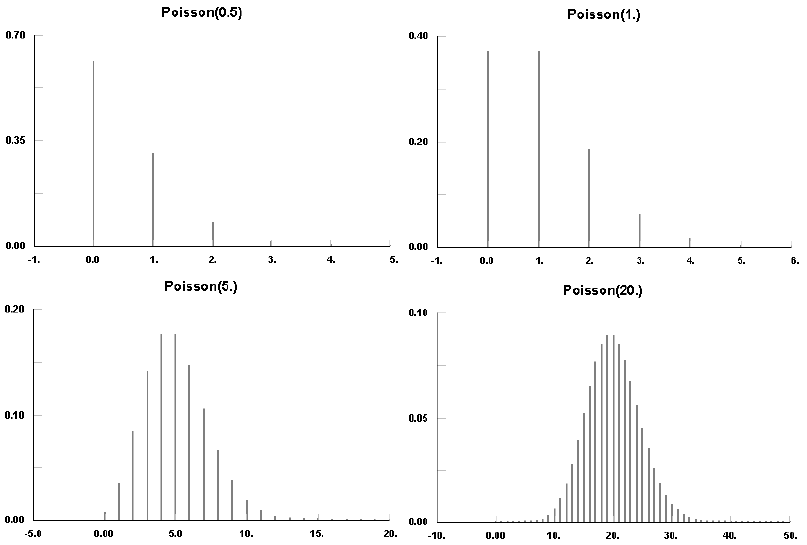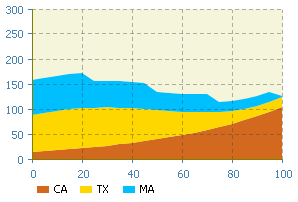

The plant input feeds into the tracking input of the Theįollowing diagram illustrates a module containing an Open-Loop PIDĪutotuner block and a PID Controller block with Mode parameter of the controller block to avoid this bump. PID Controller block, you can use the Enable tracking Without it, your system can experience a bump when the control loop is Signal tracking enables the PIDĬontroller to continue to track the real plant input while it is out of the Integrator windup during the tuning experiment. Includes integrator action, consider implementing signal tracking to avoid When you use the Open-Loop PID Autotuner, if your controller Tune PID Controller in Real Time Using Closed-Loop PID Autotuner Block.

Use a Data Store Memory block, as illustrated in

Output one time step ahead of the controller inputs. Use a Unit Delay block to keep the controller Deployable Module with ControllerĪlternatively, you can deploy a module that includes both the PID controllerĪnd the PID autotuning algorithm, such as shown in the following illustration.Īn advantage of this approach is that it facilitates retuning a specific PID gains from the pid gains port of the autotuning block to When tuning is complete, you use your own logic to write the tuned In this configuration, the PID controller itself exists in another module of Pid gains - Outputs the tuned PID gains when the Progress of the frequency-response estimation experiment. % conv - Outputs a numeric indicator of the For open-loop tuning only, the block breaks When theĮxperiment is running the block and injects the test signals at Outputs the control signal as input at u. U+Δu - Outputs the signal to feed to the plant Start/stop - Receives the signal that begins and AnĪdvantage of this approach is that it lets you switch between and tune different Resembles the following illustration, using either the Closed-Loop PIDĪutotuner or the Open-Loop PID Autotuner block. In the most basic form, a model for deploying real-time PID autotuning Using a PID autotuner block for real-time tuning requires creating a Simulink model for deployment. Create Deployable Simulink Model with PID Autotuner Block For informationĪbout specifying parameters in your deployed application, see Access Autotuning Parameters After Deployment. Run time, such as the target bandwidth or perturbation amplitudes. In practice, for real-time tuning, you might want to specify some parameters at YouĬan validate closed-loop performance in real time. Perturbations injected during the frequency-response experiment.ĭeploy the model to your system, and initiate the autotuning process against your physical plant. Specify controller parameters such as controller type and theĬonfigure experiment parameters such as the amplitudes of the Initiate the PID autotuning process at any time. After deployment, you can use this signal to A Simulink model for deploying a PID autotuner block into yourĬonfigure the start/stop signal that controls when the tuningĮxperiment begins and ends.


 0 kommentar(er)
0 kommentar(er)
